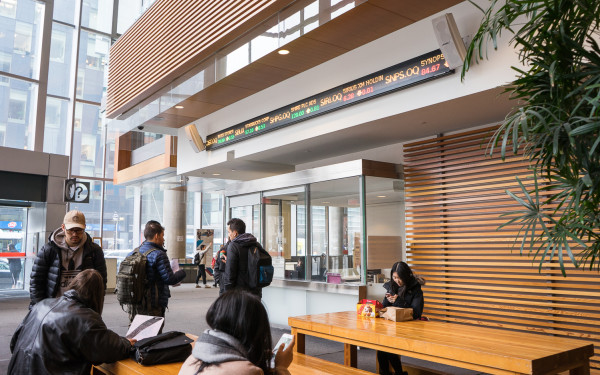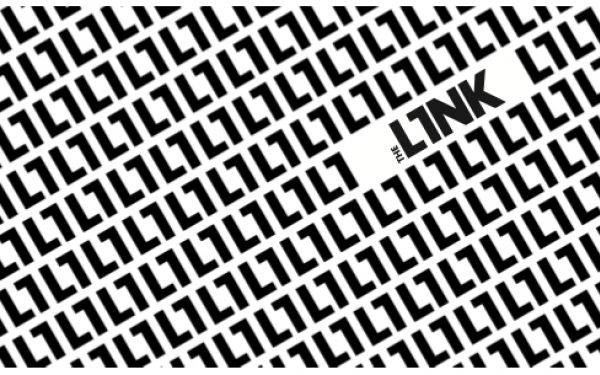Addressing Equity at Concordia
Student-Led Initiative Seeks to Collect Data on Systemic Issues in the Classroom
Quantifying people’s everyday experiences is a daunting task.
But for those inclined toward social justice, gathering information about aggression—both micro and macro—is key.
A group called Critical Feminist Activism in Research is attempting to address this at Concordia. They are leading an effort to collect relevant data that will help form a clearer picture of the scope of misrepresentation and toxicity at the university.
“More or less, our goals are to address equity, representation, and visibility on campus,” said Meghan Gagliardi, a graduate student in geography and the research coordinator of C-FAR, which itself is a part of Concordia’s Simone de Beauvoir Institute.
Collecting the Data
C-FAR has a long-term vision, and it’s still in its very first stage: the survey.
The Concordia Student Union will be adding C-FAR’s questions to a survey that they’re already conducting on student space.
“It’s in the interest of our students to make sure that we can be able to identify and actually have something beyond just anecdotal knowledge of where students are facing significant challenges because of their identities,” said Lucinda Marshall-Kiparissis, the CSU General Coordinator.
The focus of the poll will be to gauge students’ experiences with microaggressions, such as “everyday racism and sexism on campus,” and how students cope.
Gagliardi said these are “small things that just create a culture of whiteness on campus.”
“We’ll have stats based on that, but it’s basically getting an idea of what students experience on campus and how they go about getting support for those experiences or reporting those experiences, or if they do use student services, to address those kinds of experiences,” Gagliardi said.
But students aren’t the only ones who will be scrutinized. Representation among Concordia faculty will also be under the magnifying glass.
According to Gagliardi, the data collection on students will be more qualitative, and the data relating to faculty will be more quantitative. “We’re just going to be looking for numbers,” she says.
To differentiate their analysis of the university’s faculty from the already existing data, C-FAR is going to be looking at representation within both full-time and part-time staff, while also measuring the disparity between people of colour working part-time and people of colour working full-time.
“It’s so hard to get those full-time positions,” Gagliardi said. “‘Who is getting them and why is a question that we can ask—and make a lot of guesses about—but I think to have those actual numbers to compare is going to be really powerful.”
Concordia President Alan Shepard said that the university has a diverse campus in an interview this past week. “I think that’s a big strength for Concordia—I’m very proud of that,” he added.
In terms of hires, he said the administration is working to make the employee representation match the student body but acknowledged there’s still progress to be made.
The analysis of faculty on campus does not stop at representation, though. C-FAR’s initiative will also be taking a look at the syllabi for required courses by the university in order to measure their diversity.
“Even if there’s a certain amount of faculty of colour in departments, what are students being taught?” she asked.
C-FAR is still trying to determine the exact methodology they’ll be using to collect the data, particularly the information that relates to faculty. To this end, Gagliardi says they will try to work with scholars from Queens and York who have already done this type of work. Likely, C-FAR will try to get in direct contact with professors from each department and ask them to self-identify, with a focus on race.
Directly Addressing the Issue
Collecting the data to gain a full and accurate picture of the issue at Concordia is only the first step. Ultimately, C-FAR hopes to become an “umbrella network” to help organize groups that are already active on campus, and recruit faculty and students who are interested in leading their own projects related to the issue.
“We never call whiteness the problem, but it’s just […] its a huge problem.” – Meghan Gagliardi, C-FAR Coordinator
“Faculty and students and staff are going to collaborate on their own particular projects that address their own particular interests or concerns or experiences,” Gagliardi says.
To that end, C-FAR will be applying for a grant from the federal government’s Social Sciences and Humanities Research Council, who have pledged to invest $1.5 billion towards research initiatives across Canadian universities through the Canada First Research Excellence Fund.
“The point of having that funding will be that we can allot that money to the partnerships that we’ve already created, and to the people who are already organizing and have their own projects underway,” she says. “It could sort of be like a funding body.”
The money will be reserved for projects surrounding issues of equity. According to Gagliardi, that could include anything about gender, race, sexuality, and ableism.
“We want to keep it broad because we feel like the work is so intersectional that, for it to actually be transformative, we have to let people design their needs,” she explained.
“We have to let students and faculty tell us what’re their experiences, and how they’re going to address those things because everyone’s experiences are so varied.”
They would also like to provide training workshops in collaboration with workshops and social science research from the Political Science Department. They hope to bring in scholars and activists to conduct race-based and gender-based analysis—specifically people who have previously done work on equity.
The initiative’s end goal is to have an actual space on campus where resources will be available to students and faculty, and where they can go to speak about their own experiences. In the next two years, C-FAR will be pushing for an “institutional equity office.”
Understanding the Issue
Gagliardi has seen racism and sexism occur in the classroom, and the more she does work on the issue, the more she hears about students experiencing these things.
“Its something I think most people may have seen in their classrooms or on campus without even maybe naming it, or without fully understanding what was happening,” she said. “Especially if it’s not you—if you’re just witnessing rather than experiencing the sexism or the racism or the ableism on campus, its often hard to call it that.”
In institutions, these things become “commonplace,” and are “subtle,” which is why it could be hard to understand for some people, Gagliardi explained. She also suggested that perhaps the barriers students feel like they’re facing could be attributed to racism, sexism, ableism, homophobia, or transphobia.
“These things all really play a part. And if not, then it’s whiteness at Concordia,” she continued. “We never call whiteness the problem, but it’s just […] it’s a huge problem.”

web_900_600_90.jpg)
_600_832_s.png)

_600_375_90_s_c1.jpg)
_854_1280_90_(1)_600_375_90_s_c1.jpeg)

